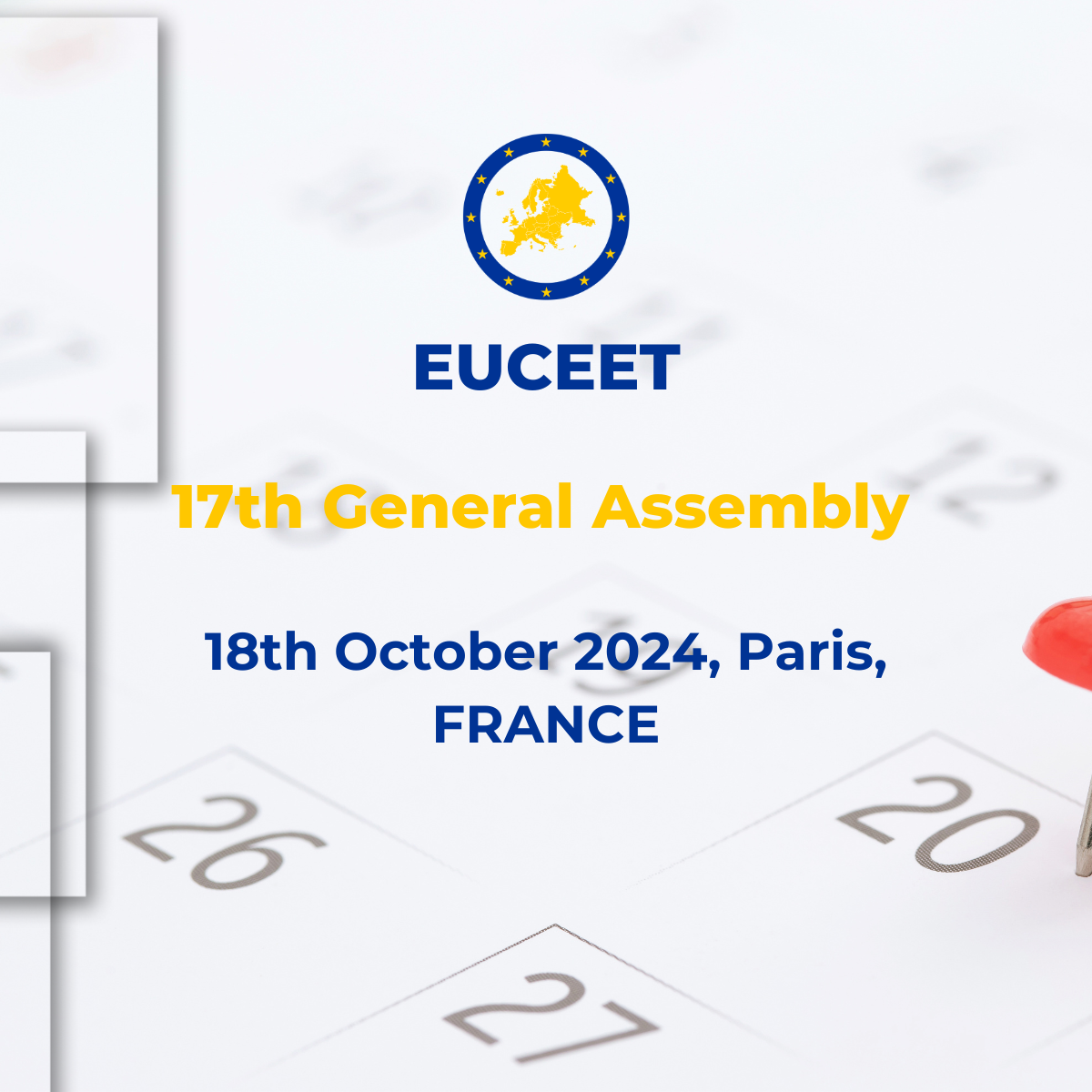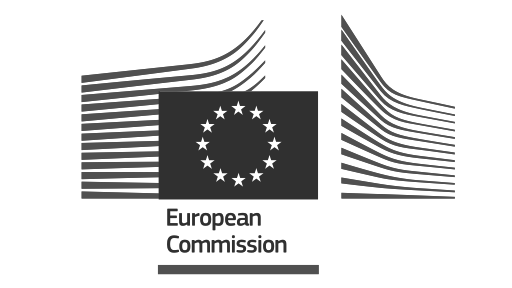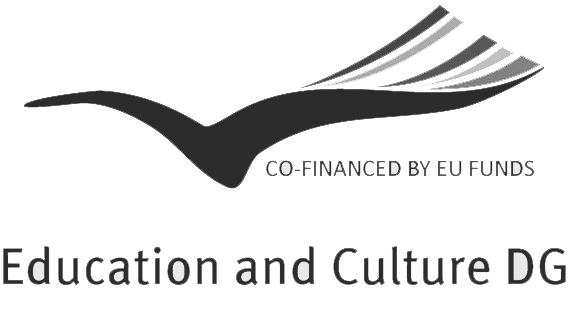
The European Civil Engineering Education and Training Association (EUCEET) is set to host its 17th General Assembly on Friday, 18th October 2024, in Paris, France. This significant
event will take place at the Ecole Spéciale des Travaux Publics, du Bâtiment et de l’Industrie (ESTP Paris), Cachan Campus, from 10 a.m. to 12 p.m.






